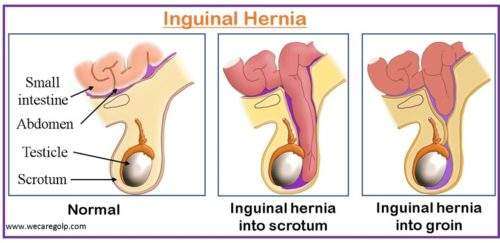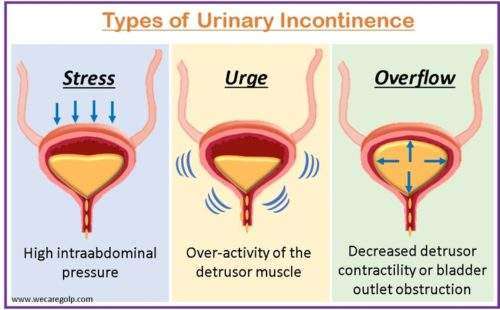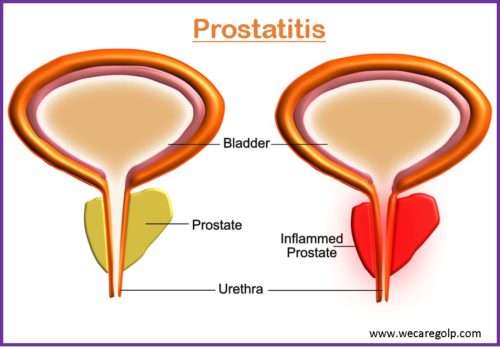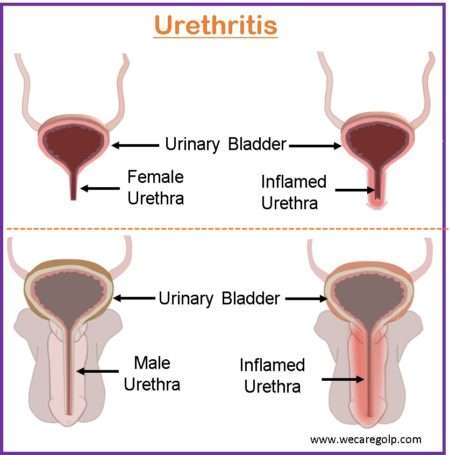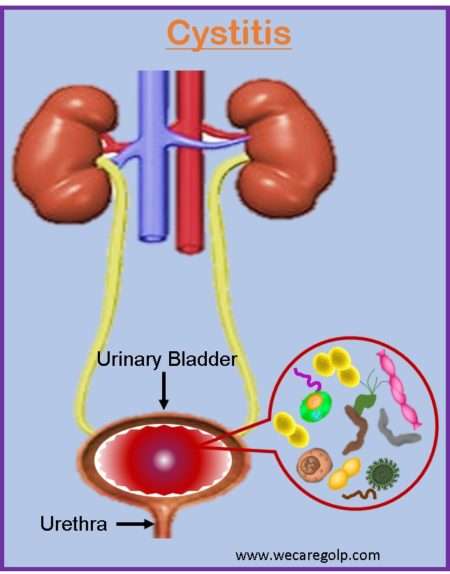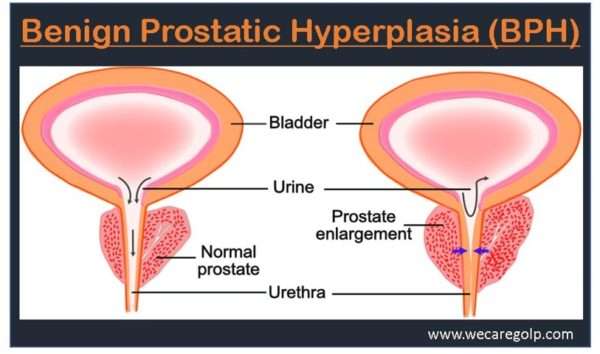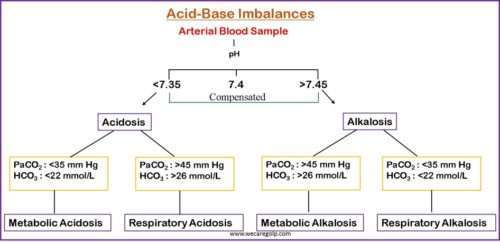Inguinal Hernia: Symptoms, Treatment, Prevention
Introduction An inguinal hernia (IH) is a hernia (protrusion) of intraabdominal or extraperitoneal organs that occurs through the inguinal canal due to weakness of the lower abdominal muscles like a transverse and oblique muscle. Incidence Classification of Inguinal Hernia Based on the Anatomical Location Direct inguinal hernia Indirect inguinal hernia Pantaloon hernia Based on the … Read more

